Table of Contents
The meeting between U.S. President Donald Trump and Canadian Prime Minister Mark Carney on May 6, 2025, marked the opening act of what could be described as the latest chapter in the long-standing U.S.-Canada rivalry. Like any great sports rivalry, the two leaders engaged in a mix of posturing, strategic positioning, and sizable challenges as they kicked off their discussions.
This encounter has set the stage for a complex playoff series between the two nations. At the heart of the matter are trade issues, defense collaboration, and geopolitical concerns, all compounded by a changing global landscape. The outcome will depend not only on how the two leaders navigate these challenges but also on how they can build trust and cooperation amid competing interests.

A New Relationship Dynamic: Trade, Tariffs, and Negotiations
President Trump’s administration has long used tariffs as a tool to push for economic changes, and this meeting highlighted that Canada remains a target in this approach. Trump has been vocal about what he perceives as unfair trade imbalances with Canada, especially in the energy sector. Canada supplies the U.S. with a significant portion of its oil, gas, and electricity, which contributes to a trade deficit from the U.S. perspective.
However, this trade imbalance is not as simple as it may appear. The reality is that Canada produces goods and services that the United States relies on—critical minerals, fertilizers, and manufactured products. This is a fact that Trump often overlooks, which raises questions about whether his demands for a renegotiation of the United States–Mexico–Canada Agreement (USMCA) are rooted in economic concerns or political strategy.
Prime Minister Carney, however, has made it clear that tariffs pose a direct threat to Canada’s economy, especially as uncertainty in trade relations discourages business investment. Canada’s trade-reliant economy is especially vulnerable to these tariffs, and Carney’s focus on USMCA suggests that he is keen to address broader trade issues and reach a more comprehensive agreement.
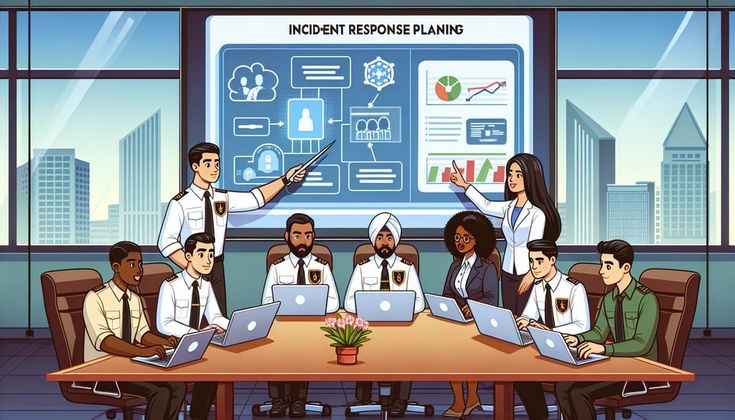
Defense and Security: A Complex Balance
In addition to trade concerns, defense and security have also been central to the U.S.-Canada dialogue. With the growing threats of global power competition, both leaders acknowledge the need to strengthen military cooperation. President Trump has been critical of Canada’s military spending, suggesting that Canada should contribute more to continental defense, including Arctic security.
On the other hand, Prime Minister Carney is pushing for greater strategic autonomy for Canada, especially in terms of military procurement. Carney’s desire to reduce Canada’s dependence on U.S. military equipment could see the country explore alternatives such as the Saab Gripen fighter or domestic production of military hardware, a move that would allow Canada more control over its defense strategy.
A key moment came when Prime Minister Carney publicly pledged to increase Canada’s defense investments, indicating a step-change in defense spending and collaboration with the U.S. However, the question remains whether this will be enough to meet President Trump’s expectations, who has pushed for more significant commitments from Canada.
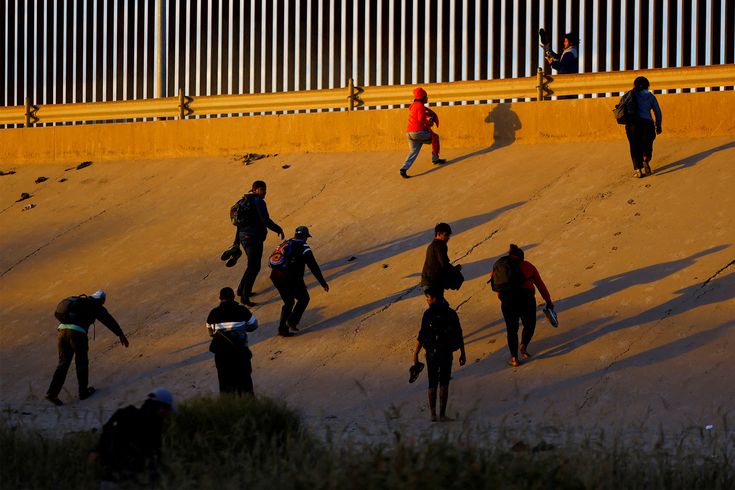
Border Security and the Fentanyl Crisis
One of the more contentious issues between the U.S. and Canada is the border security and the ongoing fentanyl crisis. While the amount of fentanyl entering the U.S. from Canada remains relatively low, Trump’s administration has emphasized that border security and the fight against illicit drugs must be a top priority. Canada has dismissed Trump’s concerns as overstated, but the flow of illicit money and drug trafficking through Canada cannot be ignored.
Prime Minister Carney has shown a willingness to tackle this issue by strengthening the U.S.-Canada Integrated Money Laundering Intelligence Partnership. This partnership, if successful, could help curb the illicit financial flows that enable criminal activities, including drug trafficking. Furthermore, both sides have agreed on the importance of securing the border and addressing illegal migration. However, this area remains a potential point of tension, with both nations having differing views on the extent of the problem.
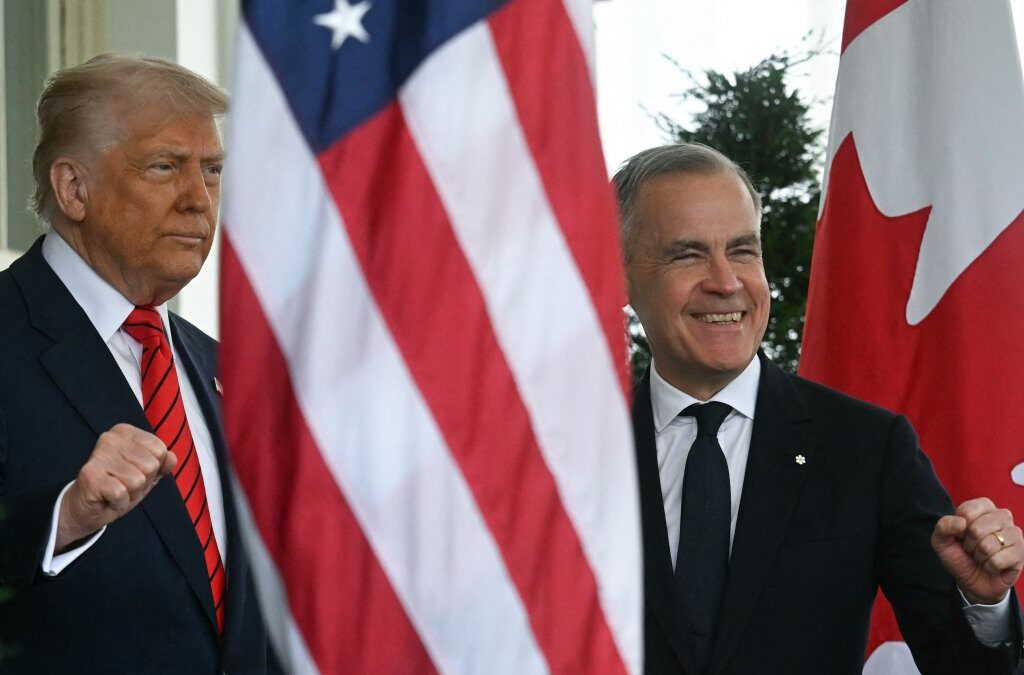
The Road Ahead: Negotiations, Renegotiations, and Strategic Alignment
Despite the challenges, the meeting between President Trump and Prime Minister Carney shows that there is an understanding on both sides of the importance of this relationship. While the trade war and security concerns remain central, there is a shared commitment to finding solutions that benefit both countries.
For Canada, the goal will be to protect its economic interests while advancing its military capabilities and defense commitments. For the United States, it will be about ensuring economic fairness, strong borders, and increased military cooperation—all while maintaining a strong relationship with Canada.
Both leaders have made it clear that there is much at stake. If both countries can navigate their differences with clear-eyed strategy and mutual respect, the relationship could grow even stronger in the years to come.
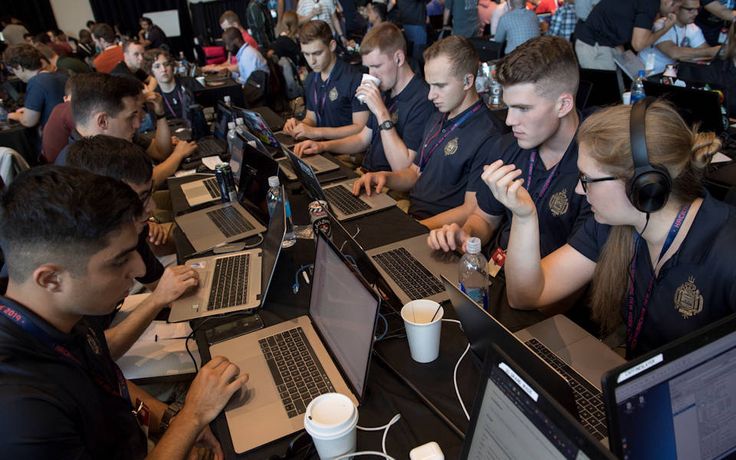
Conclusion: “Game On” for U.S.-Canada Relations
While the first meeting between President Trump and Prime Minister Carney was marked by both posturing and strategic maneuvering, the stage is set for what could be a crucial period in U.S.-Canada relations. As the two leaders begin a long-term “playoff series”, both countries have an opportunity to redefine their partnership—one that is not just about trade deals but about shared security, economic growth, and regional stability.
Ultimately, both Canada and the United States face the challenges of balancing deterrence, cooperation, and strategic autonomy. As they move forward, they will need to build upon the mutual respect established during the first meeting and continue the conversation toward a stronger, more balanced partnership.
Author Profile

- Li Li, associate professor and master’s supervisor at Southwest University. B.A. in English for Education from Southwest Normal University, M.A. in English Translation and Interpretation from China Foreign Affairs University, Ph. D. in Japanese Cultural History from Nankai University (all above are in China). Also has studied at Osaka Sangyo University and Kokugakuin University in Japan and been a Fulbright visiting scholar to Western Kentucky University in US. A multidisciplinary and versatile instructor with a trilingual mastery of Chinese, English and Japanese, known for Combining foreign language teaching with history and humanity cultivation. Academic researches center on Japanese history, international relations and Western culture studies. Work experiences include teaching at Capital Normal University, Chongqing Normal University, and Southwest University. Has published multiple academic papers, translated works, authored or co-edited several textbooks and monographs; provided language services for several high-level and high-profile international events.
Latest entries
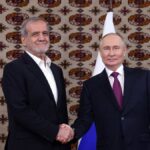 GeopoliticsAugust 22, 2025The Limits of Russia’s Friendship: Moscow’s Calculated Response to the Iran Crisis
GeopoliticsAugust 22, 2025The Limits of Russia’s Friendship: Moscow’s Calculated Response to the Iran Crisis Japanese PoliticsJuly 22, 2025Japan’s Upper House Election: Prolonged Instability and Its Impact on Domestic and Foreign Policy
Japanese PoliticsJuly 22, 2025Japan’s Upper House Election: Prolonged Instability and Its Impact on Domestic and Foreign Policy Middle East AffairsJuly 20, 2025Will Israel Ever Face Consequences for Bombing Its Neighbours?
Middle East AffairsJuly 20, 2025Will Israel Ever Face Consequences for Bombing Its Neighbours? Energy & ClimateJuly 13, 2025Iran Conflict: Four Lessons Learned for the Oil Market
Energy & ClimateJuly 13, 2025Iran Conflict: Four Lessons Learned for the Oil Market


